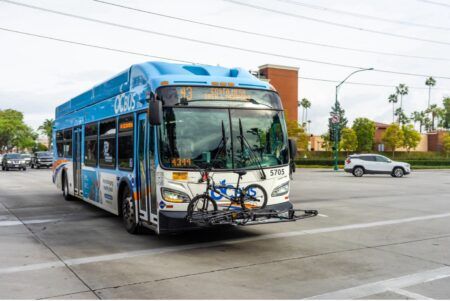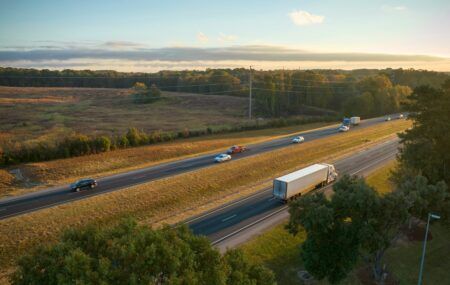Global engineering and professional services consultancy WSP USA (formerly WSP | Parsons Brinckerhoff) has been selected by the Minnesota Department of Transportation (MnDOT) to develop its connected and automated vehicle (CAV) strategic plan.
The MnDOT plan seeks to establish investment priorities, recommend strategic changes to department operations and processes, and consider policy actions to help prepare for changes in mobility and safety brought about by these new technologies.
The process will be driven by extensive outreach to constituencies across the state, in part by WSP engaging with MnDOT in a scenario planning process where the team will consider a range of future scenarios and establish priorities for creating positive outcomes for Minnesota. This plan is anticipated to be completed in early 2019.
One of the leaders in the field of CAV technology deployments, WSP currently advises several transportation agencies across the USA on the development and implementation of infrastructure and policies to proactively plan for these vehicles of the future. The company is involved in planning, engineering and deployment of connected vehicle systems; advising public agencies on the impact of CAVs on their transportation systems, and how to plan for them; evaluation of scenarios for early deployment; and system requirements for field integration.
In addition, WSP is helping clients explore what it means to be a smart city, and how technology can support their objectives and improve quality of life for citizens.
The company sees the introduction of CAV technologies and technology-driven mobility services, such as private companies providing ride-hailing and carsharing services, as presenting great opportunities and challenges for local, state and national governments. WSP partners with state and local transportation agencies to determine what effects these advancing technologies will have. The company offers strategic and operational guidance covering several key areas, including:
• Current state of CAV technology, new mobility services and associated activities;
• Public-private partnerships for pilot testing and technology development;
• Legislation and regulation at the local, regional and federal levels;
• Long-range policies and plans, supporting strategic, financial and operations planning;
• CAV integration into concept of operations for next-generation operational strategies, including managed lanes, active traffic management and toll operations.
The company is currently involved in several showpiece projects across the USA, including: advice on technology for the American Center for Mobility CAV test facility in Michigan; emerging mobility studies for San Francisco County in California; planning and design of a Connected Corridor outfitted with CV communications infrastructure for the Minnesota Department of Transportation (MnDOT); multidisciplinary CAV support across various business units within the Maryland Department of Transportation (MDOT).
“This is a great opportunity to enable Minnesota to plan for and adapt to the rapidly changing mobility landscape,” said John D Porcari, president of advisory services at WSP.
“Connected and automated vehicles have the potential to change all aspects of mobility; from the way we commute, to how we plan and develop infrastructure for cities and towns.
“Federal, state and local agencies are increasingly asking whether there are actions that can be taken from a regulatory, legislative or policy viewpoint that would support and/or impact the evolution of these vehicles of the future.”




